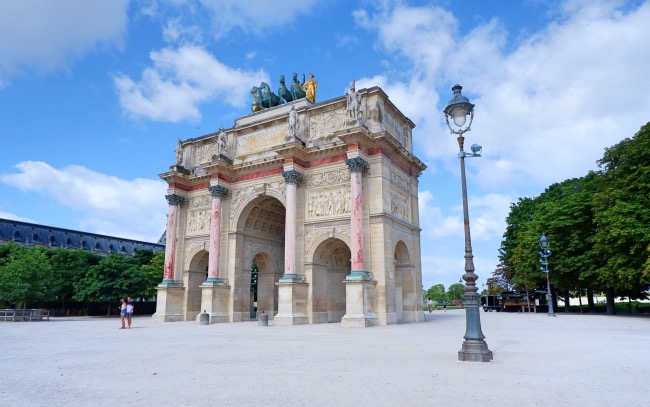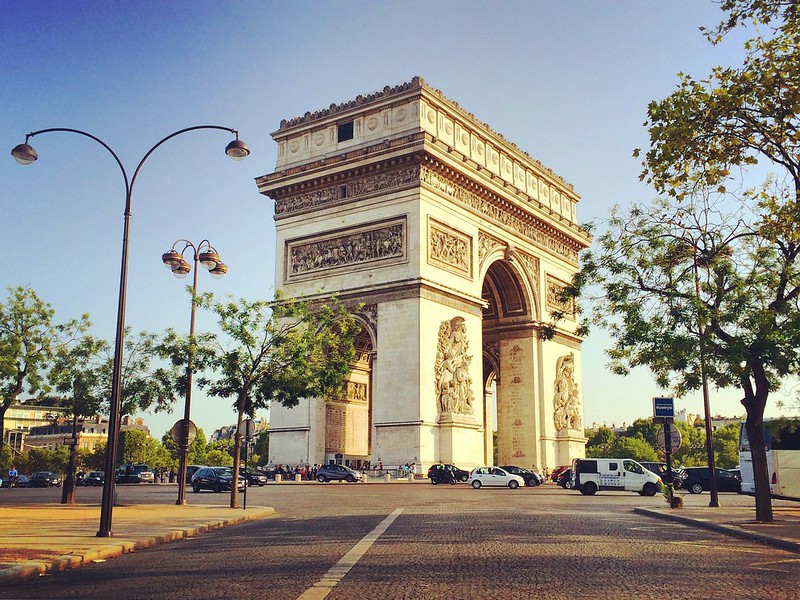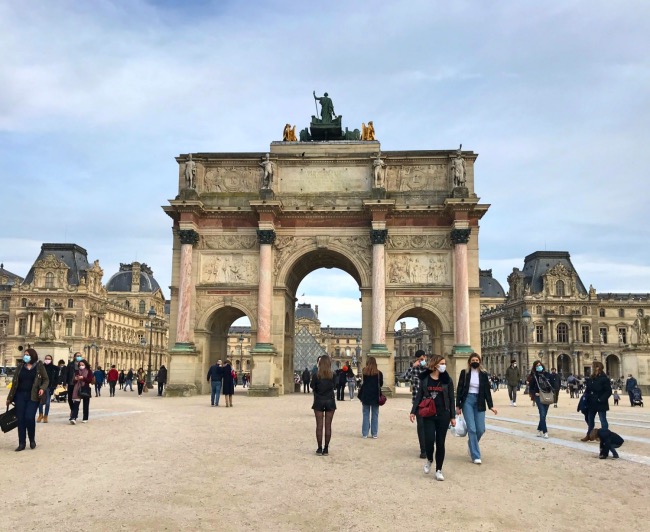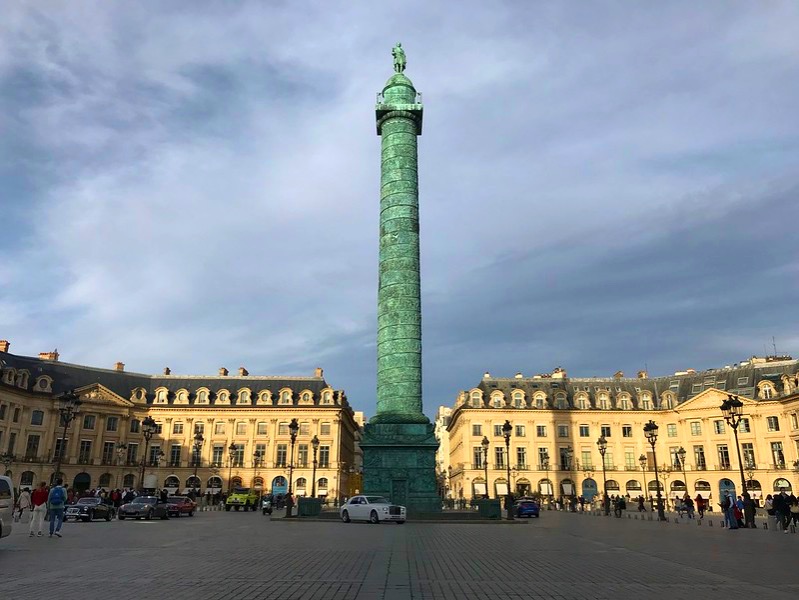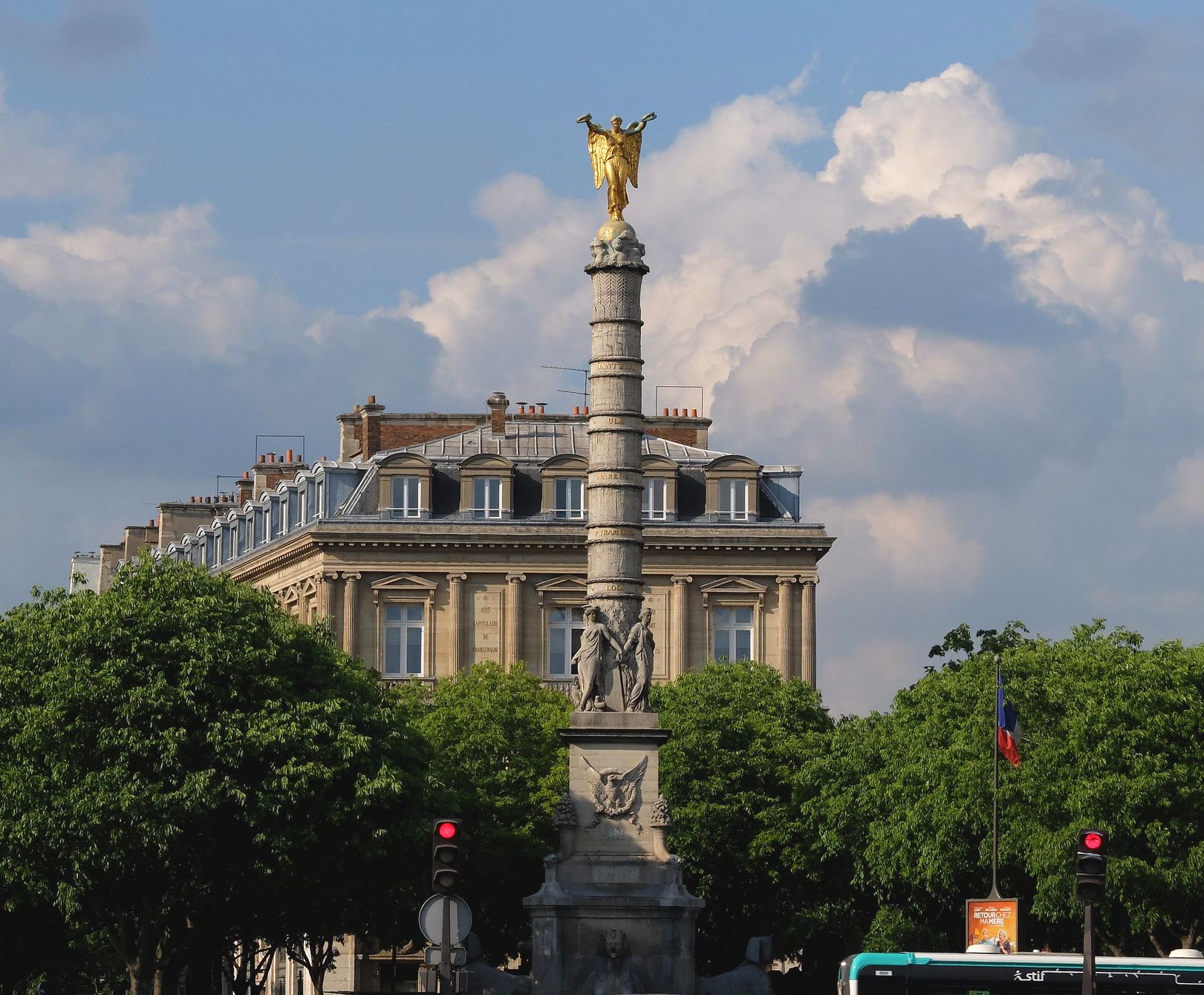This year France will celebrate the bicentennial of the Emperor’s death, in exile on the Island of Saint Helena on 5 May 1821, with a range of exhibits and events. Although he is a controversial figure for more reasons than one, it is undeniable that Napoléon Bonaparte altered the course of French history and the country as a whole. Napoléon might have spent much of his 15 years in power trying to conquer Europe, however, he did leave his mark on the capital. This was often in the form of grand monuments to himself and his military victories, nevertheless, the city does owe a number of its greatest sites to the Emperor. Here is selection of initiatives and other sites connected to Napoléon in Paris.
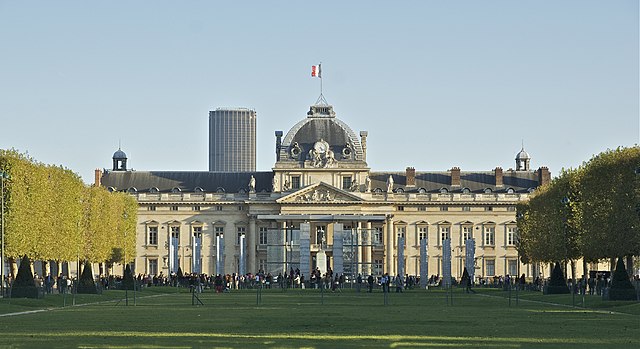
L’Ecole Militaire. Photo: / CC
L’Ecole Militaire
After initial studies at the military academy of Brienne, Bonaparte came to Paris in October 1784, at the age of 15, to continue his training at the Ecole Militaire. After a year, he left the academy as a second lieutenant in the La Fère artillery regiment. His military career continued to advance through the early years of the Revolution. His surpression of a royalist insurrection in 1795 shot Bonaparte to sudden fame and had him promoted to Commander of the Interior and of the Army of Italy. With his new position, he made the Ecole Militaire his headquarters.
L’Arc de Triomphe
The most famous site connected to Napoléon, and one of the most visited sites in Paris, is certainly this mammoth triumphal arch. After his victory at Austerlitz in 1806, the Emperor commissioned a number of commemorative projects to celebrate his military campaigns. A number of propositions were put forth for the largest of these monuments and, for a time, there were plans to construct a massive elephant fountain in the centre of Place de l’Etoile and at the end of the Champs Elysées. In the end, Napoleon’s love of the antiquities, especially Roman monuments and symbolism, won out. The 50-metre high archway, which was originally designed to commemorate those who fought and died in the French Revolutionary and Napoleonic Wars, features sculptures by leading artists of the era. Only partially completed when the Emperor was ousted from power in 1814, the archway was finally completed in 1836, during the reign of King Louis-Philippe, just in time for Napoléon’s remains to pass beneath it when they were returned to France on 1840.
L’Arc du Carroussel
Despite its very central location, between the Louvre and the Tuileries Garden, this second archway built by Napoléon often gets overshadowed by its more famous bigger sister. Constructed between 1806 and 1808, it too commemorates the battle of Austerlitz and other Napoleonic military victories. It is adorned with pink marble columns, statues and commemorative friezes, although it’s the sculpture on the top that’s the most interesting. During Napoleon’s conquest of Italy, the Horses of Saint Mark’s Basilica, already spoils from the Venetian Republic’s attacks on Constantinople, were pillaged and placed atop the arch. After the fall of Napoleon, the French were forced to return the original and this copy was added in its place.
Colonne Vendôme
Another Roman-style monument, this gigantic column is modelled after Trajan’s column in Rome. Also commemorating the victory at Austerlitz, and placed in the prestigious Place Vendôme, the bronze column was made from the melted down canons captured from the Russians and Austrians defeated in the legendary battle. The base of the 44 metre-high structure are Napoleonic eagles, whereas traveling up it is the story of the battle, atop which is Napoléon, holding a miniature Victory in his hand. This is, however, a replacement of the original column which was toppled by Communards during the 1871 Commune de Paris revolt (more on this event in this article on the Commune).
Fontaine du Palmier
The largest of 15 fountains commissioned by Napoleon in 1806, it was designed to provide fresh drinking water to the city. However, in true Napoleonic style, it also honours his military victories. At the base of the fountain are four sphinxes, eluding to the Emperor’s Egyptian campaign, from where the water spurts into a round basin. Above these are laurel-laden eagles and an Egyptian style column rising in palms, which gives the fountain its name. It too is crowned by Victory, holding out more laurels and the names of various battles are listed around it. This fountain’s location is also significant, built on the former site of Le Grand Châtelet, a formidable fortress and symbol of L’Ancien Régime, destroyed just like La Bastille.
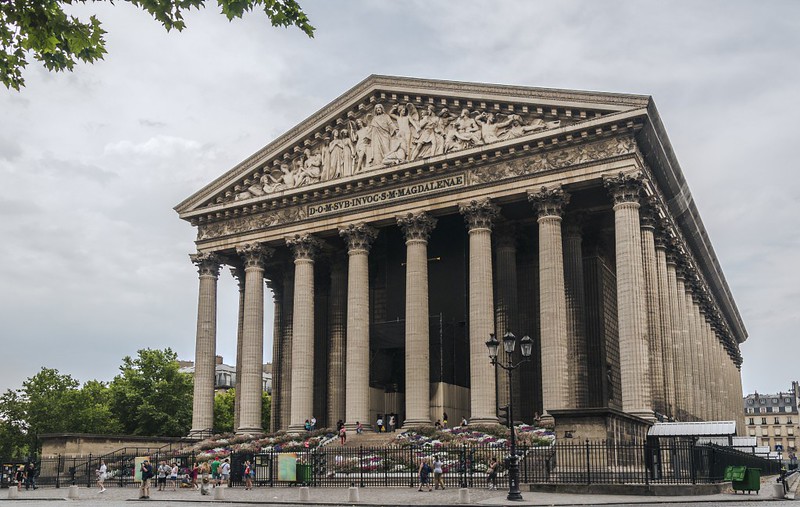
Église de la Madeleine. Photo: Jose Losada / Flickr
L’Eglise de La Madeleine
Although this is a Catholic church today, this Greek Temple-esque structure dominating Place de la Madeleine has had various inceptions. Prior to the French Revolution the building of a church dedicated to Mary Magdalene had begun on this site, a project abandoned during the turmoil and anti-religious times. The foundations and finished portico stood for over a decade before Napoléon decided in 1806 to convert the designs into a Temple to the Glory of the Great Army. Incomplete at the fall of the Emperor, the restitution of the Monarchy steered the building’s course back in the direction of a church. Nevertheless, in 1837 there was talk of turning the building into Paris first railway station, but Mary Magdalene prevailed in the end and the church was consecrated in her honour in 1842.
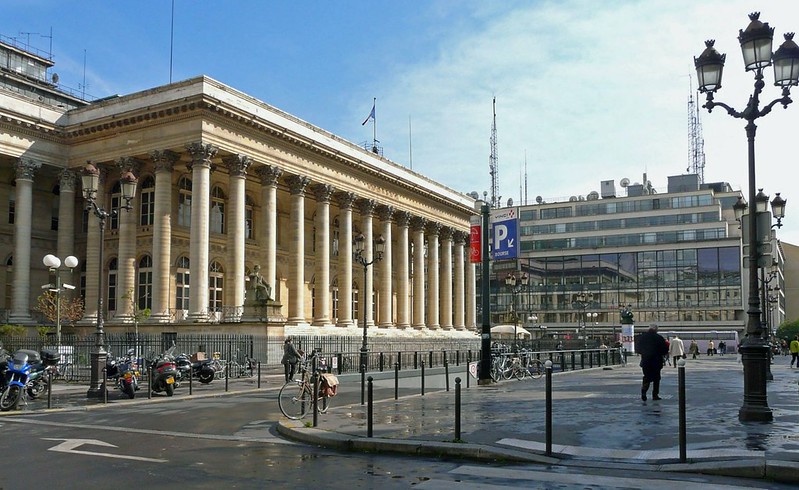
Place de la Bourse, Photo: mksfca / Flickr
Palais de la Bourse
Although it was decided to move the previous Stock Echanges prior to Napoléon’s reign, he gets the credit for bringing all of Paris’s stock trading under one roof. It’s known as the Palais Brongniart, in honour of its architect, Alexandre-Théodore Brongniart, who was tasked by Bonaparte to design a structure worthy of representing France’s commercial power. Similar in appearance to La Madeleine, the rectangular neoclassical building is also surrounded a colonnade. With the shift of trading online, the building is now rented out for congresses and other events.
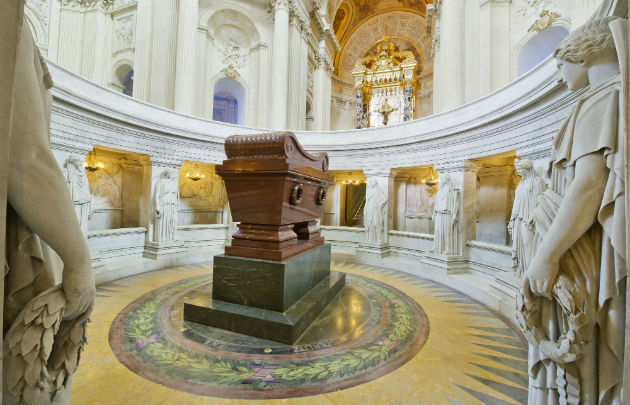
Tomb of Napoléon, Musée de l’Armée Photo: OTCP/DR
Les Invalides
When Napoléon’s remains returned to France in 1840, it was decided that his final resting place should be the Saint-Louis Cathedral, the Military church of the Les Invalides complex. Built under Louis XIV and designed by Jules Hardouin Mansart from 1677, at 107 metres, the cathedral’s dome is the highest in France and considered by many to be its most beautiful. Gilded in gold on the outside, it is deep in its crypt where the Emperor’s tomb is found, made of red quartzite and sitting on a green granite base. A visit to the tomb is included on entrance tickets to the Musée de l’Armée at the Invalides.
You can further learn about Napoléon in the exhibit dedicated to him taking place at La Villette from 19 May to 19 September, 2021, or by visiting the castles of Malmaison and Fontainebleau, two popular residences of the Emperor.
Alternatively, delve deeper into the history of the city’s art, architecture and film by pursuing one of our Paris Master’s Programmes.
